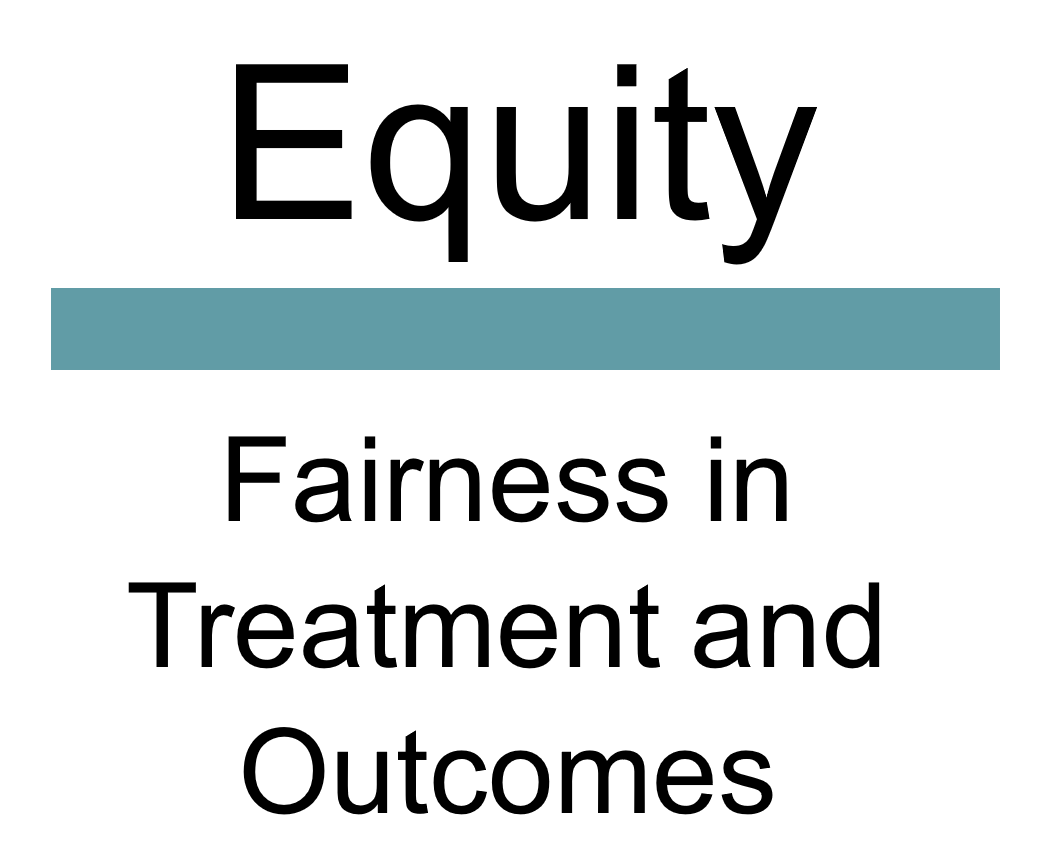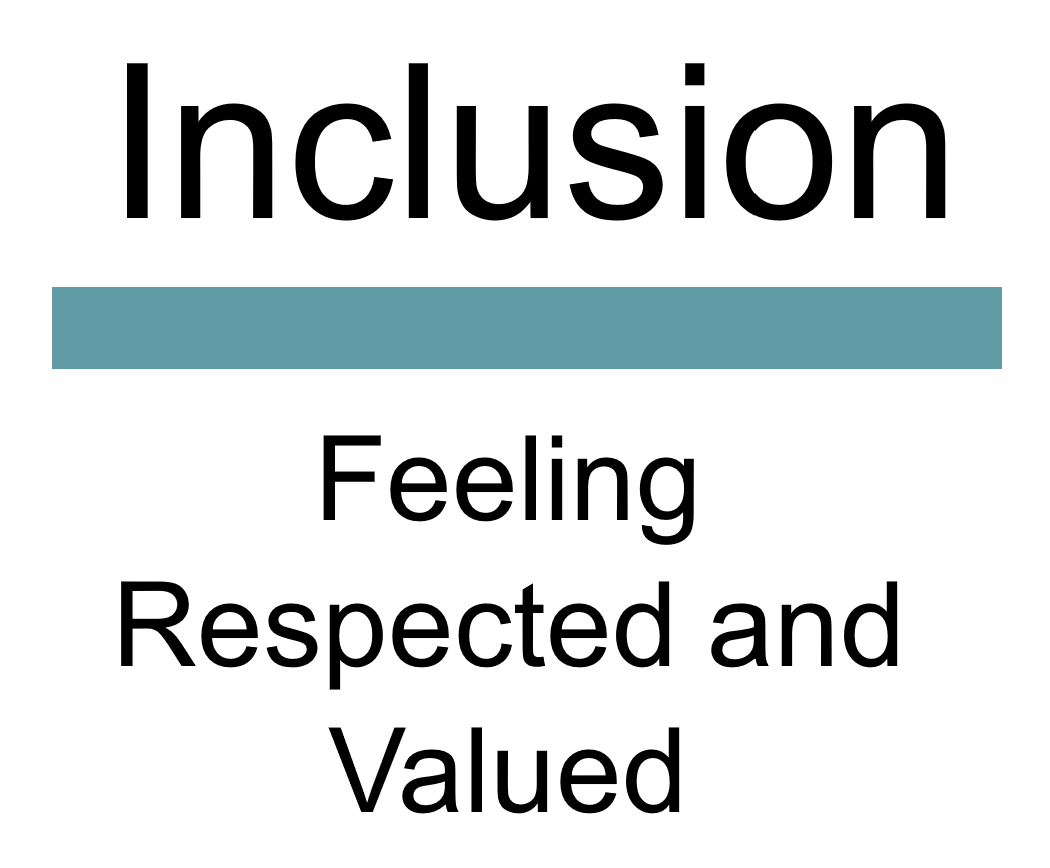Measuring Diversity, Equity and Inclusion - Tips for Child Welfare Professionals
Some child welfare professionals have stated that there is a critical need for systemic changes to improve diversity, equity, and inclusion, but where do child welfare agencies begin? Although change is never easy, the starting place on the journey to have a diverse, equitable, and inclusive (DEI) workforce is relatively simple. It starts with you—a child welfare supervisor, manager, or administrator.
Start by considering what you think you know. Is your knowledge based on perception or data? What experiences shape your perceptions? What tools do you have to measure your workforce? Administrative data sets and surveys that gather both qualitative and quantitative data are good sources to pair together as objective and subjective sources to answer your workforce questions. (See Additional Resources for examples and more information.)
 Measures to understand the diversity of your workforce may include race, ethnicity, culture, gender, gender identity and expression, sexual orientation, religion, disability, age, national origin, language, or other social identities. Personnel data is one source for these data, but to fill information gaps and better understand intersectionality (the idea that all individuals have multiple identities that intersect to create a whole identity and influence the ways an individual experiences the world and is seen by the world), you may need to survey your staff. When conducting a survey, make sure people can select more than one answer and that you offer diverse and inclusive answers so that people can identify appropriately and don’t feel excluded. Once you have a reliable measure of the diversity of your workforce you can compare your employee population to the available talent pool, for example, to better understand which identities may be over- or under-represented.
Measures to understand the diversity of your workforce may include race, ethnicity, culture, gender, gender identity and expression, sexual orientation, religion, disability, age, national origin, language, or other social identities. Personnel data is one source for these data, but to fill information gaps and better understand intersectionality (the idea that all individuals have multiple identities that intersect to create a whole identity and influence the ways an individual experiences the world and is seen by the world), you may need to survey your staff. When conducting a survey, make sure people can select more than one answer and that you offer diverse and inclusive answers so that people can identify appropriately and don’t feel excluded. Once you have a reliable measure of the diversity of your workforce you can compare your employee population to the available talent pool, for example, to better understand which identities may be over- or under-represented.
 Understanding who is in the workforce, including invisible social identities (e.g., religion, sexual orientation), leads to wanting to learn more about how people perceive their place in the workforce. Although there is limited research, one study of the child welfare workforce across multiple jurisdictions found that workers who identified as Black, Indigenous, and people of color report experiencing greater “everyday” discrimination in the workplace than their white coworkers. Is this also true in your organization? One strategy is to look at exit data by race. For example, if you uncover a higher rate of Black/African American employees leaving the agency you would want to explore why this is occurring and how to address it. Organizations can conduct surveys around engagement, fairness, discrimination, job satisfaction, stress, burnout, secondary trauma, perceived organizational support, etc. to help assess equity, the consistent and systematic fair, just, and impartial treatment of all individuals.
Understanding who is in the workforce, including invisible social identities (e.g., religion, sexual orientation), leads to wanting to learn more about how people perceive their place in the workforce. Although there is limited research, one study of the child welfare workforce across multiple jurisdictions found that workers who identified as Black, Indigenous, and people of color report experiencing greater “everyday” discrimination in the workplace than their white coworkers. Is this also true in your organization? One strategy is to look at exit data by race. For example, if you uncover a higher rate of Black/African American employees leaving the agency you would want to explore why this is occurring and how to address it. Organizations can conduct surveys around engagement, fairness, discrimination, job satisfaction, stress, burnout, secondary trauma, perceived organizational support, etc. to help assess equity, the consistent and systematic fair, just, and impartial treatment of all individuals.
 Surveys are also good tools to measure inclusion in an agency. Inclusion is the degree to which employees feel respected, accepted, supported, and valued, regardless of their gender, race, ethnicity, age, disability, or other social identities. This can be a difficult task if people do not feel safe in their work environment or if individuals can be easily identified through certain survey responses, so agencies should be thoughtful in how surveys are constructed and conducted.
Surveys are also good tools to measure inclusion in an agency. Inclusion is the degree to which employees feel respected, accepted, supported, and valued, regardless of their gender, race, ethnicity, age, disability, or other social identities. This can be a difficult task if people do not feel safe in their work environment or if individuals can be easily identified through certain survey responses, so agencies should be thoughtful in how surveys are constructed and conducted.
Measuring DEI involves understanding the composition of the workforce and understanding the needs and perspectives of the workforce. Once you identify and collect relevant agency data, what do you do? Take your time, not just to understand your data but also to give adequate forethought to translating and sharing DEI data or findings. Consider, for example, the ramifications of discovering that White males are underrepresented in your agency, or that Black females are overrepresented. Expect growing pains because understanding and using data to make systemic change is challenging for any agency. Remember, it starts with you. Why do you want to make a change? It’s the people in the system, not the system itself, that will start to build understanding and use DEI data to inform and test strategies for change.